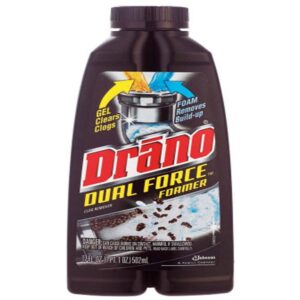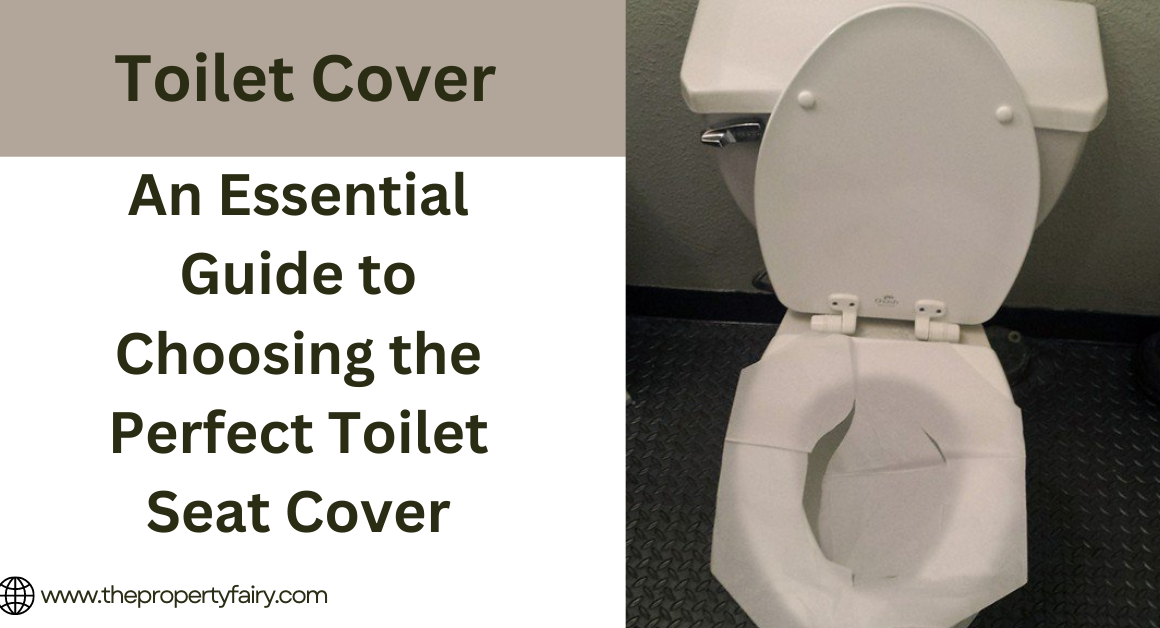Introduction
When it comes to clogged drains and pipes, a household hero emerges – Drano. Drano has become a household name synonymous with drain cleaning, offering a quick and efficient solution to one of life’s most common nuisances. In every household, clogged drains can quickly become a frustrating problem. Whether it’s a blocked sink, shower, or bathtub drain, the disruption to our daily routines can be significant. Fortunately, there is a trusted ally in our battle against stubborn clogs: Drano.
The Power of Drano
Drano is a powerful drain cleaner known for its ability to dissolve and remove stubborn clogs, allowing water to flow freely once again. The main ingredient in this product is sodium hydroxide, also known as caustic soda or lye. Sodium hydroxide is a highly alkaline substance that reacts with fats, oils, hair, and other organic matter commonly found in drains, breaking them down and clearing the blockage.
How Drano Works
Sodium hydroxide reacts with water when Drano is poured down a clogged drain and produces heat as a result. This heat generates an exothermic reaction that helps to dissolve the clog. Additionally, Drano contains aluminum chips, which react with the sodium hydroxide, producing hydrogen gas. The gas helps to agitate the clog and improve the overall cleaning action.
Safety Considerations
While it can be highly effective, it is essential to use it with caution and follow the instructions provided on the packaging. Here are some important safety considerations:
- Protective Gear: Always wear protective gloves and eye goggles when handling Drano to prevent any potential contact with your skin or eyes.
- Adequate Ventilation: Ensure that the area where you are using Drano has proper ventilation. Open windows or doors to allow fresh air to circulate and minimize exposure to any fumes that may be released during the cleaning process.
- Do Not Mix Chemicals: It should not be combined with other chemicals or cleaning agents, as this may result in toxic fumes or dangerous reactions.
- Keep Away from Children and Pets: Children and pets should not be allowed to access Drano. The product should only be used by responsible adults who are familiar with its proper usage.
- Plungers and drain snakes: These tools can help dislodge clogs by physically removing or pushing through the blockage. Plungers work best for sinks and toilet cover, while drain snakes are more suitable for deeper clogs.
Eco-Friendly Alternatives
While it is a reliable drain cleaning option, it’s important to note that the chemicals it contains can have a negative impact on the environment if not disposed of properly. If you prefer more eco-friendly alternatives, consider the following options:
- Manual Methods: Use a plunger or a plumbing snake to physically dislodge the clog. Minor blockages can often be cleared using this method without the use of chemicals.
- Baking Soda and Vinegar: Combine baking soda and vinegar to create a natural, foaming drain cleaner. The mixture should be poured down the drain and allowed to sit for some time before being rinsed with hot water. Minor clogs can be cleared using this method.
- Enzyme-Based Cleaners: Enzyme-based drain cleaners use natural enzymes and bacteria to break down organic matter in drains. They are eco-friendly and can be effective for regular maintenance or minor clogs.
The wonders of Drano, exploring its composition, usage, and safety considerations, as well as offering some alternative solutions for unclogging drains.
Understanding Drano:

Drano is a widely recognized and trusted brand that produces a range of drain-cleaning products. Its primary purpose is to dissolve and remove the buildup of hair, soap scum, grease, and other organic materials that cause clogs in drains. In these cleaners, live bacteria and enzymes are used to break down organic matter. In comparison to chemical drain cleaners such as Drano, they are often considered a more environmentally friendly alternative. You may also visit answertenant for more information.
Using Drano:
Before using Drano, it is crucial to carefully read and follow the instructions provided on the product label. Here is a general guide on how to use Drano effectively:
Take safety precautions: Wear protective gloves and safety glasses to safeguard your skin and eyes from potential contact with the chemicals. Ensure the area is well ventilated.
Remove standing water: If there is any standing water in the sink or drain, try to remove as much as possible. Drano works more effectively on dry surfaces.
Pour Drano into the drain: Slowly pour the recommended amount of Drano into the clogged drain, ensuring that it goes directly into the drain pipe and not on surrounding surfaces. Use the measuring cap or guidelines provided on the label to determine the appropriate quantity.
Drano should be allowed to work for the specified time stated on the label. This typically ranges from 15 minutes to overnight. After the recommended waiting period, flush the drain with hot water to rinse away the dissolved clog and any remaining Drano residue.
Safety Considerations:
While Drano is a powerful drain cleaner, it is essential to handle it with care to prevent accidents or damage. Here are some safety precautions to keep in mind:
Avoid mixing chemicals: Never mix Drano with other drain cleaners. As this can produce hazardous fumes or result in a violent chemical reaction.
Keep children and pets away: Children and pets should not be allowed to access Drano and other household cleaners. Ensure the area where Drano is being used is inaccessible to them.
Protect surfaces: Drano can cause damage to certain materials such as aluminum, marble, and some types of plastic. Take precautions to prevent contact with these surfaces and promptly rinse with water if accidental spills occur.
Alternatives to Drano:
Although it is a popular and effective drain cleaner, some individuals may prefer alternative methods or natural solutions. Here are a few alternatives to consider:
Baking soda and vinegar: The combination of baking soda and vinegar creates a fizzy reaction that effectively breaks down minor clogs. After pouring baking soda down the drain, add vinegar. Wait for the reaction to subside, and then flush with hot water.
Enzyme-based cleaners: These cleaners use live bacteria and enzymes to break down organic matter, making them a more environmentally friendly alternative compared to chemical drain cleaners like Drano.
Conclusion:
When faced with a clogged drain, it stands as a reliable solution to swiftly unclog pipes and restore normal flow. Its powerful chemical formulation and simple usage instructions make it a go-to choice for many households. However, it is crucial to handle Drano with care and follow the safety precautions outlined on the product label. If you prefer alternative methods, options. Such as plungers, drain snakes, baking soda and vinegar, or enzyme-based cleaners can also effectively tackle minor clogs. With Drano or these alternatives at your disposal, you can bid farewell to the frustrations of clogged drains and keep your household running smoothly.












